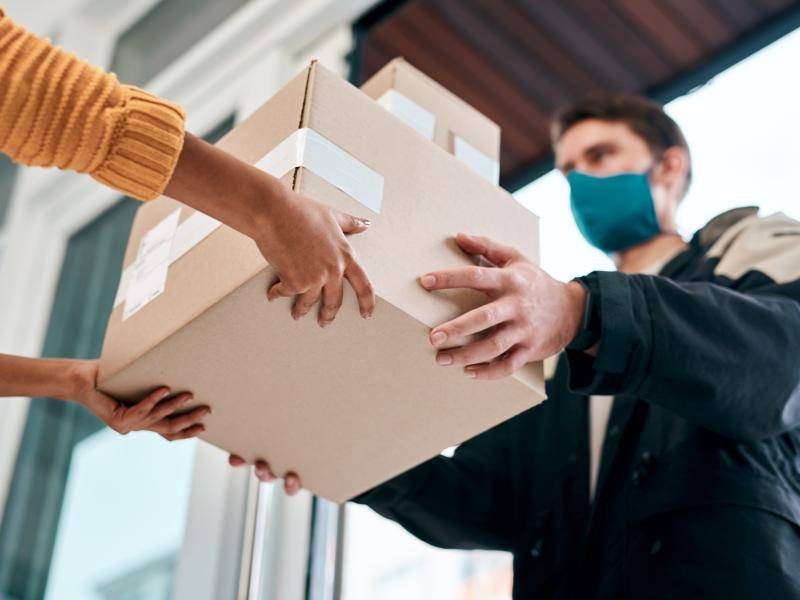Services like Instacart, Grubhub, DoorDash, and Amazon certainly existed before the COVID-19 pandemic. However, demand for groceries, food, and other products purchased online and delivered directly to your door substantially increased when the coronavirus forced many Americans to stay at home. But just how much has the demand for deliveries increased, who uses the services, what kind of products are being delivered, and perhaps most importantly, will this increase in usage last? Researchers at Rensselaer Polytechnic Institute are answering these questions to aid policymakers and transportation logistics planners.
In the first comprehensive study investigating the initial adoption and continuance intention of delivery services during a pandemic, Cara Wang, an associate professor in the Department of Civil and Environmental Engineering at Rensselaer, found that over 90% of people who use online delivery services would likely revert back to their original way of shopping.
“It is likely that the increased use of e-commerce is not the result of market competition, where the most efficient competitor outperforms the others,” Dr. Wang said. “Rather, an external disruption — the pandemic — significantly altered the playing field. Once this external effect is removed, some of the gains made by the delivery services will likely fall off.”
Using a survey method and computer modeling, Dr. Wang determined that not all delivery products are the same, nor do all consumers use delivery services in the same way.
Dr. Wang identified four distinct types of users: non-adopters, prior adopters, temporary new adopters, and permanent new adopters. And delivery-service users access products in four different categories: groceries, food, home goods, and other items.
The research showed that both the initial adoption of delivery services and the intent to continue using them varies by goods type. Grocery deliveries had the highest proportion of new adopters, followed by home goods, food, and, finally, other packages. These results imply that the COVID-19 pandemic had a larger impact on the purchase opportunities for essential items than less essential items.
The study also found what while the number of users for grocery deliveries increased by 113% during COVID, almost half of these new adopters would not continue to use it once the pandemic is over.
Temporary new adopters accounted for a larger portion than the permanent new adopters for essential items, while there were more permanent new adopters for less essential items.
These findings are essential for investigating the impacts of the pandemic and predicting future demand.
“Answering these questions is essential to estimate the current and future demand for deliveries,” said José Holguín-Veras, director of the Center for Infrastructure, Transportation, and the Environment at Rensselaer and a co-author of the paper. “Transportation professionals and researchers have assumed that people would still rely on delivery services even after the COVID crisis is over. However, in reality, consumers’ technology acceptance is much more dynamic and complex during a pandemic than during normal conditions. Understanding these nuanced behaviors is essential for sound transportation policy making.”
The paper, “Adoption of delivery services in light of the COVID pandemic: Who and how long?” was also co-authored by Woojung Kim and Joshua Schmidt, both doctoral students in the Department of Civil and Environmental Engineering at Rensselaer.
If our reporting has informed or inspired you, please consider making a donation. Every contribution, no matter the size, empowers us to continue delivering accurate, engaging, and trustworthy science and medical news. Independent journalism requires time, effort, and resources—your support ensures we can keep uncovering the stories that matter most to you.
Join us in making knowledge accessible and impactful. Thank you for standing with us!

